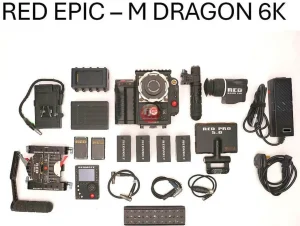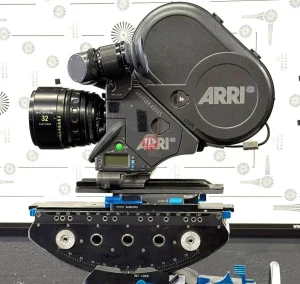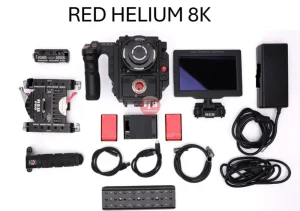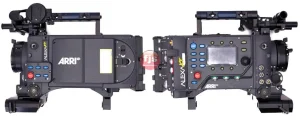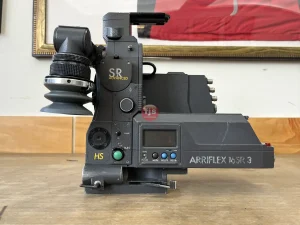Ever craved the true cinematic experience of anamorphic films on your widescreen TV? While those black bars might feel like wasted space, they hold the key to preserving the director’s vision. But fear not, cinephiles! Here’s a look at ways to get close to anamorphic quality without a projector.
Pushing the Limits of TVs
- High-Resolution Displays: Modern TVs with higher resolutions (4K and above) offer more pixels to showcase the detail captured in anamorphic films, potentially revealing finer details hidden within the black bars.
- Advanced Processing: Some high-end TVs boast sophisticated video processing engines. These can utilize techniques like upscaling and noise reduction to improve the clarity and sharpness of de-squeezed images.
- Dedicated Anamorphic Modes: Select TVs feature specific anamorphic modes that analyze the video signal and attempt to de-squeeze the image while minimizing distortion.
Beyond the List: The Realities of TVs
While TVs offer advancements, there are limitations to achieving true anamorphic quality:
- Screen Size: TVs typically have a fixed 16:9 aspect ratio, which may not perfectly match the original aspect ratio of an anamorphic film. Stretching to fill the screen can still cause some distortion.
- Processing Power: Even advanced de-squeezing algorithms may introduce artifacts or a slight loss of sharpness compared to the original image.
- Content Source: De-squeezing is only effective for genuine anamorphic content. Stretching non-anamorphic content will simply distort the image.
Conclusion: The Quest for the Perfect View
Projectors remain the ideal solution for achieving true anamorphic quality by projecting the image onto a screen with the correct aspect ratio. However, modern TVs offer several features that can get you closer to the anamorphic experience. Ultimately, the choice depends on your budget, viewing preferences, and the level of detail you prioritize.
Q&A
- Is there a noticeable difference between de-squeezing and watching with black bars on a high-resolution TV?
The difference might be subtle. Some viewers may find the increased detail in de-squeezed images on a high-resolution TV outweighs the potential for minor distortion.
- What can I do to optimize my TV for anamorphic content?
If your TV offers dedicated anamorphic modes, experiment with those settings. Additionally, consider adjusting picture settings like sharpness and noise reduction to find a balance that suits your taste.
- Should I invest in a projector for the ultimate anamorphic experience?
If you prioritize the most accurate representation of the film’s intended aspect ratio and image detail, a projector with a proper screen remains the ideal choice.


